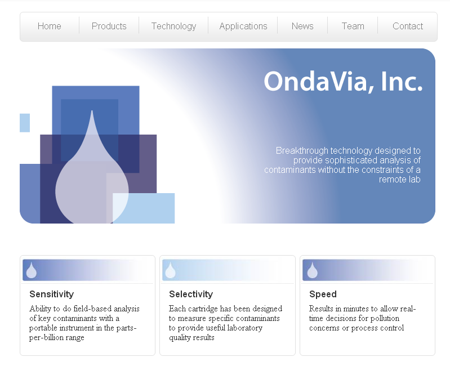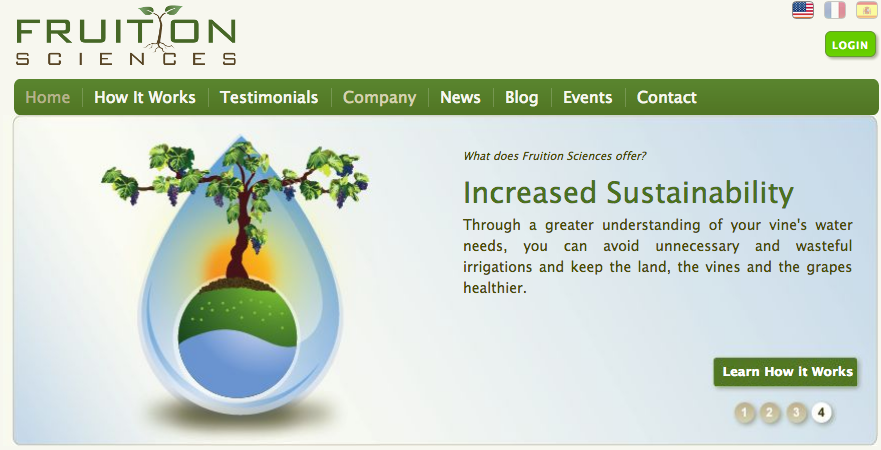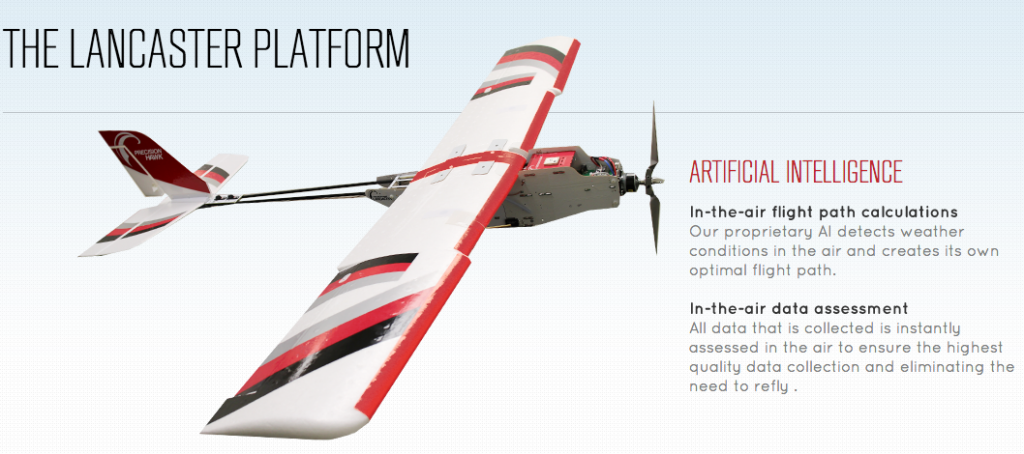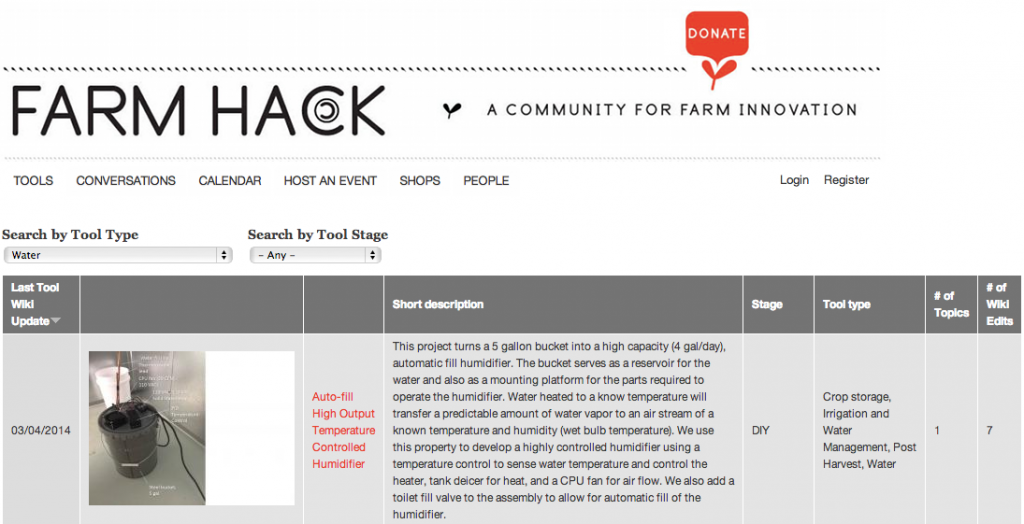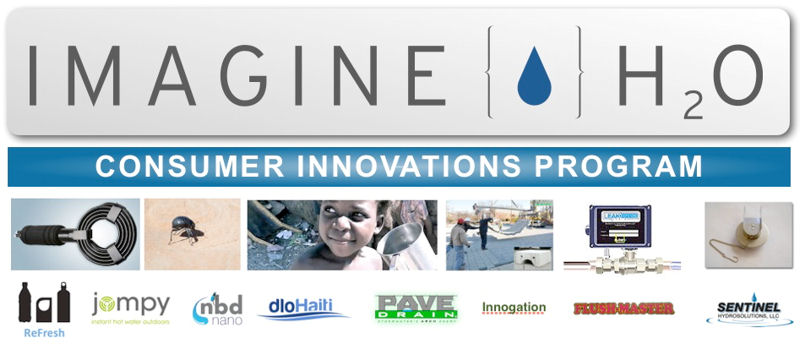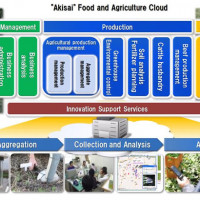As many leading agriculture regions face devastating drought – like California, for example, which provides half of America’s fruits, nuts and vegetables – the need for innovative solutions that reduce water usage in food production has become increasingly clear.
In honor of World Water Day, which happens tomorrow, we’re highlighting 6 game-changing agricultural technologies (and one funder) that are helping farms of all sizes reduce their water footprint.
OndaVia
OndaVia offers an analysis system that allows for laboratory-grade water testing for myriad compounds in a few minutes. OndaVia, which already provides its services to oil and gas companies, took part in Imagine H2O’s startup innovation competition in order to reach potential clients in the agriculture and food and beverage industries. If farmers want to test for specific, potentially harmful compounds in their water all they need to do is connect OndaVia’s reader to their computer and add a drop of water onto the cartridge calibrated for that compound, then plug the cartridge into the reader to get the results.
Fruition Sciences
Fruition Sciences technology helps winemakers make critical decisions about their grapes, like how much and when to irrigate. The startup’s sensors analyze the vine’s water needs and send text messages to the winemakers when the vines are getting too much or not enough water. Using the startup’s software, winemakers can monitor weather atmosphere, humidity and wind speed and make irrigation decisions base on those factors. One early-adopter, Shafer Vineyards, estimates that it’s saved 160,000 gallons of water in the last year by using the startup’s monitoring sensors and software. Fruition Sciences technology can also be applied to crops like tomatoes and avocados; its technology is currently in trials with crop fields throughout California.
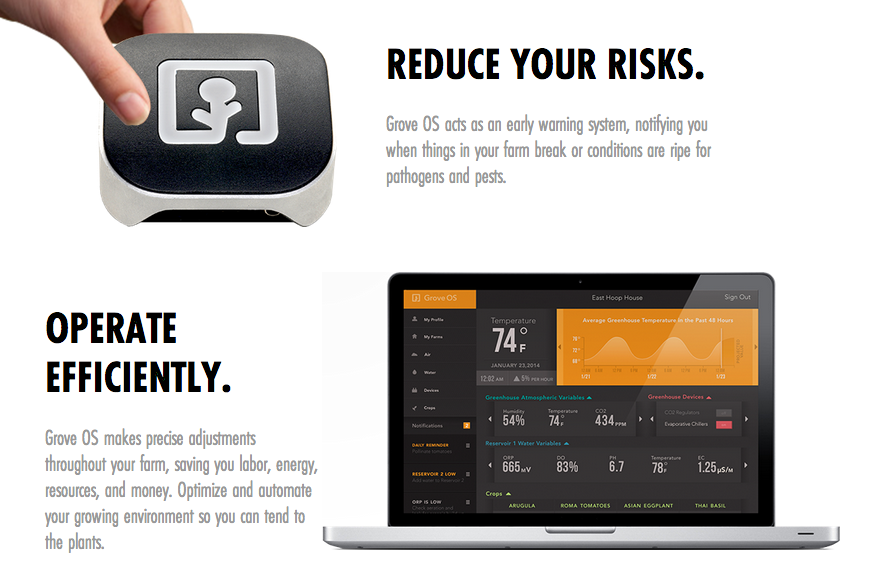
Grove Labs
Grove Labs offers a web connected monitoring and control technology for hydroponic and greenhouse growing operations called Grove OS. The startup’s combination of hardware and software enables farmers to grow plants faster with decreased risk of crop loss. The operating system monitors variables in any growing environment, from air temperature to light wavelength. Grove Labs is also leveraging Grove OS to create a consumer-facing, in-home farming system, which they hope will one day be as common place as the refrigerator is today.
PresisionHawk
PrecisionHawk’s airborne intelligence platform allows the agriculture industry, among others, to gather actionable, remote sensing data through unmanned aircraft. The small robotic plane collects and provides extremely high-resolution real-time data regarding things like field conditions. Once this data is collected, it is transmitted to the processing software, which pieces together a comprehensive picture, or “mosaic,” of the field instantly.
Farm Hack
Farm Hack hosts events and provides an online platform to nurture the development, documentation and manufacturing of farm tools for resilient, sustainable agriculture. Last November, the group hosted a drought resilience Farm Hack, which resulted in the development of two online wikis: a tool to generate new ideas on what is needed for agricultural resilience and the virtual “Coffee Shop” where farmers can share pertinent data, on-farm practices and stories. There are also a number of open source plans for water-related technologies on their tools wiki.
Imagine H2O
Founded in 2007, this non-profit empowers people to solve big water challenges with new innovations. Imagine H2O hosts an annual water technology startup competition and an accelerator program, in which winners have the opportunity to set up pilot projects with growers and food processors. Last week, Imagine H2O announced the winners of its fifth competition, they include: an aerial map service (TerrAvion), a machine that turns organic food waste from supermarkets into liquid fertilizer in 3 hours (California Safe Soil) and a tray technology that creates a personalized greenhouse for individual plants (Tal-Ya Agricultural Solutions).
Bitponics
Bitponics offers a personal gardening assistant. Its device and web service automate, simplify and socialize hydroponic gardening, and provide a step-by-step gardening roadmap, i.e. a Grown Plan. The device’s sensors monitor your garden’s health and send that data to the Bitponics Cloud in real-time. The cloud controls your garden’s growing plan, automatically connects with connected accessories, such as lights and water pumps, and alerts you when you need to make changes or take action. For its social component, Bitponics allows you to share your Grow Plans with the garden community and swap tips and insights.

